









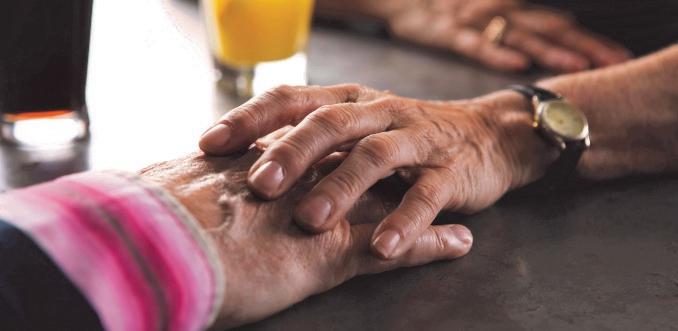



by Janet Spencer
The human body consists of 59 different elements. Of those, just six of them account for 99.1% including carbon, oxygen, hydrogen, nitrogen, calcium, and phosphorus. Of those six main elements, oxygen makes up 61% of the body, mostly when it’s combined with hydrogen to form water. Come along with Tidbits as we consider our human bodies, made of these six elements
• The bones in your body collectively weigh about 20 pounds (9 kg). Bones are the only thing in the human body that never form a scar when injured. Broken bones knit without leaving any trace of the injury. Even when large chunks are removed from a bone, it will grow back to fill the void if provided with a surgical scaffold to do so.
• What’s the difference between tendons and ligaments? Tendons connect muscles to bone while ligaments connect bone to bone. Tendons might be considered to be an extension of the muscle while ligaments are a hinge. Tendons are stretchy while ligaments are not. Because tendons do not have a blood supply, it takes them a long time to heal when damaged. Cartilage, when damaged, does not repair itself at all. (cont)





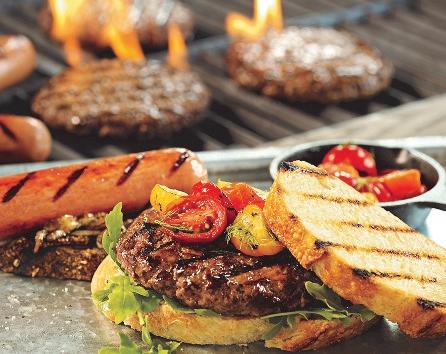



















is Published & Distributed Weekly By: CindAl Publishing Company 812 55th St. Vienna, WV 26105
e-mail: alan@tidbitsmov.com
Advertising: 304.210.3812
We reserve the absolute right to accept, reject, discontinue or refuse any advertisement personal or commercial that we deem may not be conducive for our publication or Tidbits®. The publisher does not assume any responsibility for the claims of its advertisers. Tidbits® is committed to remain a family oriented publication. www.tidbitsmov.com
• Every day the kidneys process enough water to fill a typical bathtub to overflowing. The kidneys are responsible for many different functions, one of which is regulating the amount of salt in the bloodstream. Eat too much salt, and the kidneys filter it out of the bloodstream and send it to the bladder to be excreted. Eat too little salt, and the kidneys filter the salt out of the urine and send it back into the blood stream. Drink too much water all at once, without benefit of eating something salty simultaneously, and the kidneys cannot find enough salt to keep the body running. Death results. If a sailor stranded at sea drinks salt water, it puts so much salt into the body that the kidneys are forced to steal water from other bodily tissues in order to dilute and excrete it. Death results.
• The very first successful kidney transplant occurred in 1954, when 23-year-old Richard Herrick, who was on the brink of death, received his identical twin brother’s kidney. At the time, no one knew if such a feat could even be accomplished, or if the donor could survive with just one kidney. Richard lived eight more years before dying of the original kidney disease, and his twin brother lived 56 more years on a single kidney.
• Today, about 30,000 people receive an organ transplant in the U.S. each year. Of those, 95% are still alive a year later, and 80% are alive five years later. People suffering from kidney disease live an average of 8 years on dialysis, but 23 years if they get a transplant. About a third of kidney transplants come from living donors, especially close relatives. The rest come from organ donors on the brink of death. The median wait time for a kidney transplant is around three and a half years. (cont)

In this issue of TidbitsMOV our boy Toby Tidbits is hiding

When you find him, to enter the weekly contest, please send us a message including your name, POSTAL MAIL address, the issue number you are referring to and which ad is hosting Toby for the week! Visit www.tidbitsmov.com or send the answer with the above information to alan@tidbitsmov.com OR you may send us a private message to our Facebook page - @TidbitsMOV. PLEASE do not post the answer directly to the page - that ruins the fun for everyone. All winners will be drawn randomly from correct responses and will be posted weekly. As with all our contests, though you are welcome to play every week, you are only eligible for one winner per household per month.
















• Some mammals have gallbladders, others don’t. Any particular giraffe might have a gallbladder, or might not. The word “gall” originally meant “bile.” The gallbladder stores extra bile from the liver. About 25% of adults have gallstones, but they only become problematic when they block the duct.
• The liver is one gigantic gland. It weighs about the same as the brain, at 3.3 lbs. (1.5 kg). Babies have large livers when they’re born, giving them a round belly. If the liver shuts down, death results within hours. It plays a part in over 500 metabolic processes. At any given moment, about a quarter of the body’s blood is in the liver. The liver can regenerate and will grow back to its original size even if two-thirds of it is removed.
• The human brain has shrunk over the past 10,000 years, dropping from about 1,500 cubic centimeters back then to around 1,350 cubic centimeters now. We’ve lost the equivalent of a tennis-ball-sized chunk of brain. No one knows exactly why, though a current theory is that human brains shrank as they became more efficient at what they do.
• The brain takes up just 2% of the body’s weight, but uses 20% of the body’s energy. In babies, however, the brain uses 65% of their available energy. Your muscles use a lot of energy, spread out over many muscles, but the brain’s energy requirements are concentrated in a compact organ. The brain is the most energy-intensive organ in the body.
• Though a mouse has a very small brain, if a mouse were scaled up to be human-size, the brain would also be human-sized. Whales and elephants have much larger brains than humans, but if humans were scaled up to whale-size, our brains would be about the same size as a whale’s. Only some birds have brains that beat the brain-to-body-size ratio.





(cont)
• It may seem that the legs drop straight down from the pelvis, but they’re actually angled inward at a slight V-shaped, meeting at the knee. This gives humans a much smoother walking gait, unlike members of the ape family who are forced to waddle in an ungainly manner due to their less efficient bone structure. A chimp uses four times more energy to walk than a human does.
• The reason your nose gets drippy whenever it’s cold out is the exact same reason that the mirror in your bathroom gets fogged up when you take a hot shower on a cold day, or droplets run down the side of your iced tea glass as you sit by the pool in the summer. Warm air holds more moisture than cold air. When the warm air of your lungs meets the cold air at the tip of your nose, extra moisture condenses and your nose drips.


• Like all mammals, humans are warmblooded. This feature makes it easy to be on your feet and on the go regardless of how cold it is outside at any given moment. It also means we need to eat on a very regular basis to maintain that internal furnace. What a human eats in a single day would sustain an adult crocodile, hiding silently and unmoving at the bottom of a river, for a month.
• In one study, a marathon runner was tested in controlled circumstances. With monitors hooked up to his body, he was asked to run on a treadmill for as long as he could. The temperature of the room started at -49°F and gradually warmed up to 131°F. These temperature extremes are considered to be the limit of human tolerance. The researchers found that regardless of the external temperature in the room, the temperature of the runner’s body remained steady at 98.6° F, varying only one degree either way as the test wore on.








Why order out when you can create a pizza night that's both budget-friendly and fabulous? Chicago Deep Dish Pizza isn't just any pizza, it's an experience. A slice of the Windy City's food scene that you can enjoy at home without breaking the bank.
Picture a thick, buttery crust rising to golden perfection, cradling layers of gooey cheese, savory meats, fresh veggies and rich tomato sauce. It's a knifeand-fork pizza that turns dinner into an event. And the best part? Making it at home lets you savor this luxurious dish without the hefty price tag. Chicagoans take pride in their Deep Dish Pizza, and now you can, too.
Bake this in a 9-inch deep-dish pizza pan or 9-inch springform pan for a jawdropping presentation fresh from the oven. But if you don't have either one, two 9-inch round cake pans will do just fine.
Yield: 1 pizza, 4 servings
Total Time: 1 hour, 25 minutes
For the Thick Tomato Sauce:
1 tablespoon olive oil
3 cloves garlic, minced
1 (6-ounce) can tomato paste
1 (14-ounce) can crushed tomatoes
1 (14 ounce) can Italian-style diced tomatoes, drained
1 tablespoon Italian seasoning
1 tablespoon sugar, optional
Big pinch crushed red pepper flakes,

optional
Salt and freshly ground black pepper
In a saucepan set on medium-high, heat the olive oil and garlic just until fragrant. Add the tomato paste, crushed tomatoes and well drained diced tomatoes. Whisk this together and bring to a simmer. Add the Italian seasoning, sugar (this sauce should be sweet, add sugar to taste) and pepper flakes, if using. Let this simmer, uncovered, until it reduces to a thick consistency, about 30 minutes. Adjust seasoning, adding salt and pepper as needed.
For the Pizza:
2 tablespoons extra-virgin olive oil
1 pound pizza dough, purchased or your favorite recipe
10 ounces mozzarella cheese, thickly sliced
1-pound sweet Italian sausage, cooked 1 to 2 cups sauteed vegetables such as, peppers, onion, mushrooms
1 1/2 cups thick tomato sauce, above 1/3 cup grated Parmesan cheese
Prepare your pizza pan; use either a 9inch round pan or a 9- inch springform pan. Use the olive oil to coat the bottom and sides of the pan. Stretch dough, either on an oiled baking mat or in your hands. Channel your inner pizza chef and give it a little spin! Shape dough into as big a circle as you can get it. Lay the dough in the pan and stretch it toward the edges until it starts to shrink back. Cover the dough, and let it rest for 15 minutes.
Now is when you should preheat the oven to 425 F.
Stretch the dough again to cover the bottom of the pan, then gently push it up the sides of the pan about 2 inches. Bake the crust in the hot oven for 10 minutes, it should barely start to brown.


M-Sat 11a-7p facebook.com/unicornwineguild 1816 Washington Blvd. Belpre

While it's baking, get your filling ready. When the crust is partially baked, cover the bottom of the crust with sliced mozzarella, letting it curve up the crust. Add the sausage and/or sauteed vegetables, then generously cover the top with the tomato sauce. Sprinkle with the grated Parmesan, and drizzle with the olive oil. Bake the pizza for about 25 minutes, or until the filling is bubbly and the topping is golden brown. Remove it from the oven, place it on a cooling rack and let the pizza cool for about 15 minutes before cutting and serving. Molto delizioso! ***
Lifestyle expert Patti Diamond is the pennypinching, party-planning, recipe developer and content creator of the website Divas On A Dime Where Frugal, Meets Fabulous! Visit Patti at www.divasonadime.com and join the conversation on Facebook at DivasOnADimeDotCom. Email Patti at divapatti@divasonadime.com (c) 2024 King Features Synd., Inc.
Frugal & fabulous: Chicago deep dish pizza for a luxe pizza night at home.
PHOTO CREDIT: www.JasonCoblentz.com





• Although there are just over 8,000 different ways for the body to malfunction in a manner ending in death, we escape all of them, usually, except for one. Here are a few facts about the things most likely to kill us.
• You are 70% more likely to die of a heart attack today than if you had lived in the year 1900. That’s only because things like cholera and yellow fever have been eradicated.
• In 1950, 600 out of every 100,000 people died of heart disease, but today, just 168 out of every 100,000 people do. However, it’s still the leading cause of death. Heart disease kills about the same number of Americans each year as cancer, flu, pneumonia, and accidents combined. About one out of every three Americans dies of heart disease.
• Going for a walk on a regular basis cuts the risk of heart attack and stroke by over 30%. Being on your feet and active for just 11 minutes a day after age 40 adds an estimated 1.8 years of life expectancy. Being active for an hour or more a day adds 4.2 years. Today the average American walks about a third of a mile a day, including every step taken in the house, driveway, work, and errands.
• About 80% of American men and 77% of American women are overweight, with 35% of them being obese. Over half of children born today will be obese by the time they reach the age of 35.
• Between 1980 and 2014, the number of adults worldwide with diabetes jumped from 100 million to 400 million. Of those, 90% suffer from Type 2 diabetes, which is largely acquired through lifestyle choices.
• There are about 7,000 different genetic disorders known to medical science. Continued page #7)












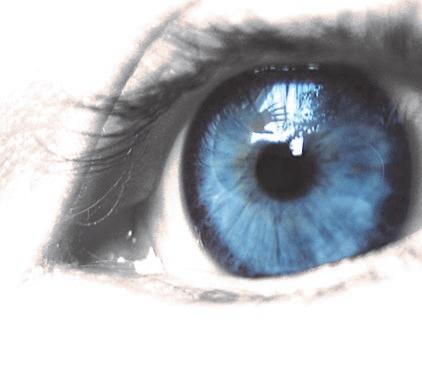












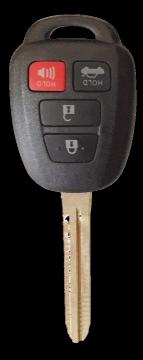







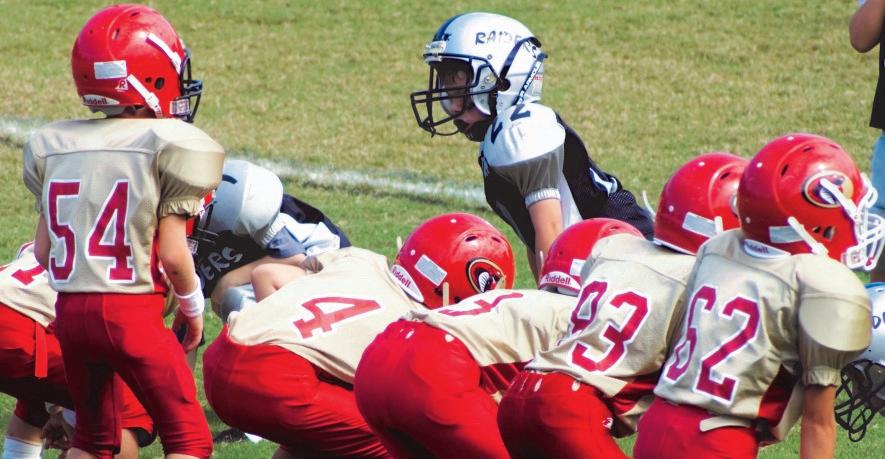






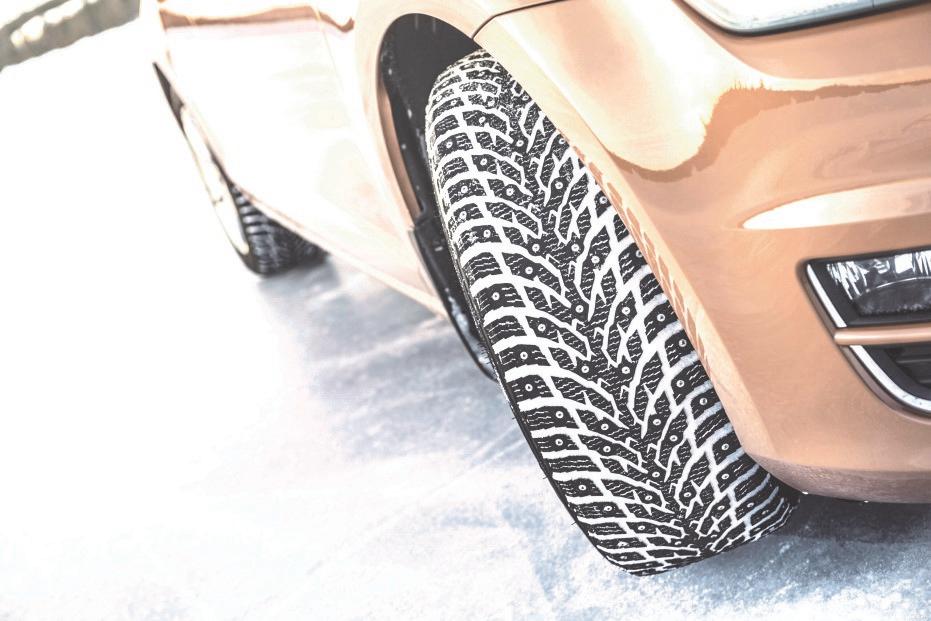


DEAR PAW'S COR-
NER: I don't know how it happened, because I check and trim my cat's nails regularly. Today, "Sparks" cried out in pain when I checked his right paw, and that's when, on closer inspection, I saw that one of the middle claws had grown around, down and into the pad of his paw! How did I miss it? And what can I do to fix this?
Sharon in Bennington, Vermont
DEAR SHARON: Cats are very good at hiding illness and injury. Plus, some cats have longer tufts of fur growing between their claws, and this can obscure nail problems. Add that to the routine struggle of trimming a cat's nails while they wriggle and nip at you to try and escape, and it's surprisingly easy to miss a claw or two. Have a partner help you by gently holding your cat in a comfortable position while you inspect his paw more closely. Use a magnifying glass to get a better look at the ingrown claw.
If the claw has not penetrated the skin of your cat's pad it may be pushing against the skin you should be able to safely trim the nail away from the pad. Use sturdy nail nippers made for cats, and trim only a small part of the nail enough to release the pressure on the pad. Revisit the nail in two days to trim it back further, and monitor closely from now on.
However, if the claw has penetrated the skin, removing it can be painful and stressful for your cat. Make an appointment with the veterinarian, who will be able to numb the area slightly, trim the claw, and remove the part remaining in the pad while preventing infection.
Send your tips, comments or questions to ask@pawscorner.com.
(c) 2024 King Features Synd., Inc.
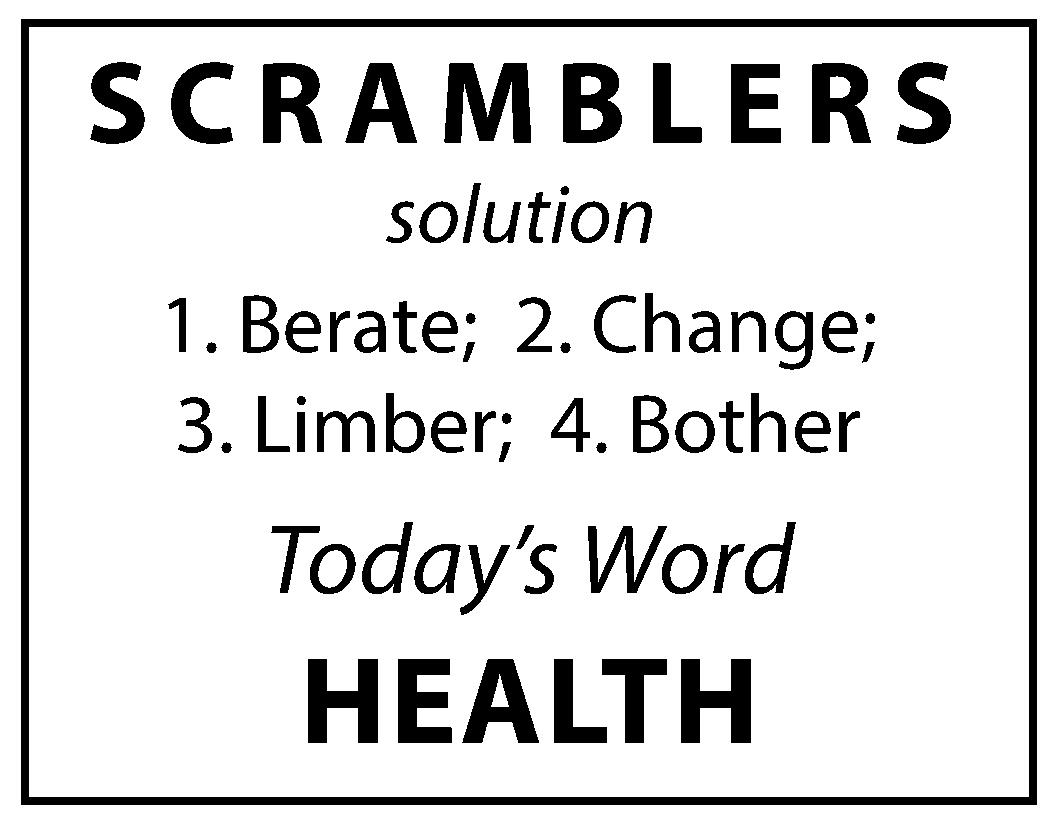










• There are about 50 types of autoimmune disorders. About 5% of Americans suffer from some kind of autoimmune disease. 80% of them are women.
• About 700 people die every year from anaphylaxis, a deadly allergic reaction. The most common triggers are penicillin, certain foods, insect bites, and latex, in that order.
• About 400,000 people come down with appendicitis in the U.S. each year, and of those, 300 will die. About one out of every 16 people in the world suffer from appendicitis at some point in their lives, and it’s the single most common cause of emergency surgery.
• Life expectancy increased more in the 20th century alone than it had in the preceding 5,000 years of recorded history. In the U.S., the lifespan for a man jumped from 46 in the year 1900 to 74 by the year 2000. It went from 48 to 80 for women.
• About half of all deaths in the year 1900 were from infectious diseases. Today, only 3% are.
• In 1921, there were over 200,000 cases of diphtheria in the U.S., but by 1980, there were only three. 20,000 cases of polio per year fell to just 7. It’s thought that vaccines saved more lives in the 20th century than penicillin.
• A milestone was set in the year 2011 when, for the first time in history, more people died worldwide from non-communicable illnesses such as cancer, heart disease, and stroke, than died of all infectious diseases combined. We are now living in an age where we largely die of our lifestyle choices.


• Throughout the world, in every period of history, and in every single culture, women tend to live a few years longer than men. No one knows why. One person out of every 10,000 will live to be 100 and one out of every 7 million will live to be 110.




* "To clean the TV remote in my home, I dip a cotton swab into rubbing alcohol, shake off any excess and use it to gently clean the surface. I do this weekly during cold and flu season." M. in Minnesota
* To keep track of rolls of tape or other rolled items in your shop, hang a length of chain from two "S" hooks on your pegboard. They will be readily accessible, and you can tear off what you need.

with body wash or shampoo for kids to use in the bath or shower.


* "If you use those little plastic key-ring cards for store rewards accounts and discount programs, you can keep them easily organized in a small photo brag book. These books can be found at drugstores and big box retailers, and are meant for a small collection of wallet-size pictures. However, if you put your cards in one, it's easy to flip through to find the correct card to scan." R.I. in Arkansas
* Fill an easy-to-use hand soap dispenser
* "Here's a fun idea for place cards at Thanksgiving (coming up in Canada): Scan in and print out a photo of each guest as a child. Laminate it and attach it to a pretty piece of ribbon with a glue gun. Use the ribbon to tie up a napkin and/or utensils. Guests will have a good time trying to guess who's who and reminiscing about days gone by." P.D. in Ontario, Canada
* When working with juicy items (lemons, watermelon, etc.) on a cutting board, try placing the board on a kitchen towel. When the juices run over the edge, they will be caught by the towel. Cleanup will be easy!
Send your tips to Now Here's a Tip, 628 Virginia Drive, Orlando, FL 32803. (c) 2024 King Features Synd., Inc.

